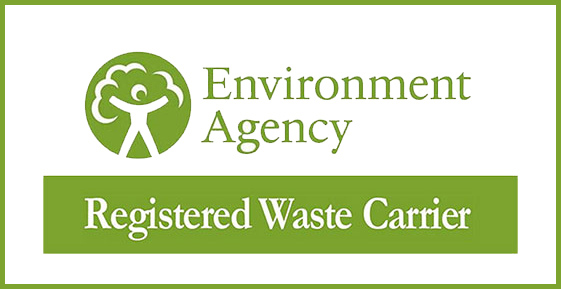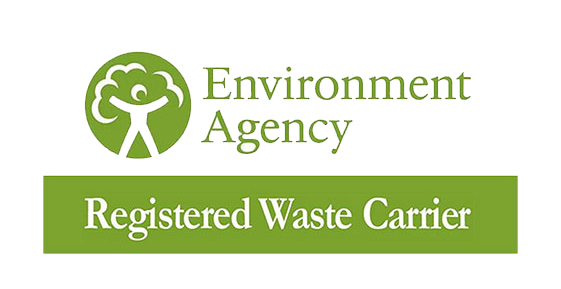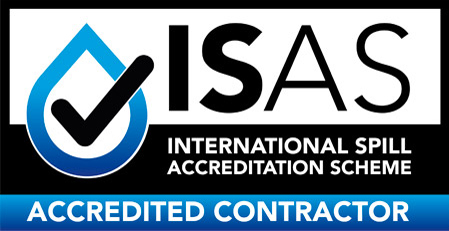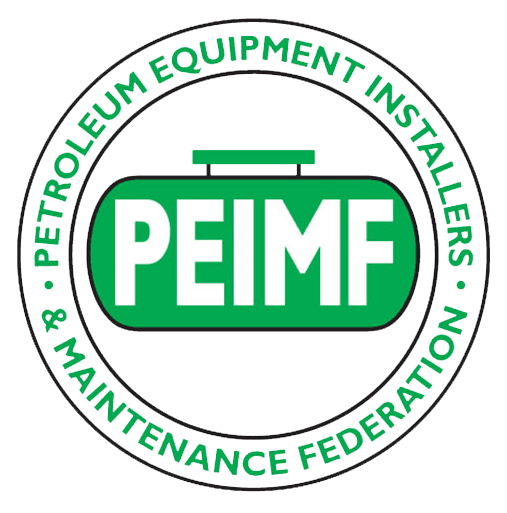A good oil tank base must be level and strong enough to handle the tank’s weight, even when it’s filled to its maximum capacity. The base protects the tank from damage caused by environmental factors such as moisture, temperature changes, or ground movement. A tank can be unstable without a solid base, posing leaks or dangerous accidents.
What is an Oil Tank Base?
An oil tank base is a sturdy foundation designed to support the weight of an oil tank and keep it stable and secure. Oil tanks have the capacity to store large amounts of fuel and need a reliable base to prevent them from shifting or sinking over time. The base comprises various construction materials, such as concrete or paving concrete slabs. Therefore, creating a proper oil tank base is necessary so everything runs smoothly after installation.
Weight Calculation of Oil Tank at Different Levels
The weight of an oil tank varies depending on its storage capacity. When empty, it’s lighter, but as oil is added, the weight increases, which is obvious. To calculate the weight at different levels, we need to consider both the tank’s and the oil’s weights inside.
Measurement of the Weight of an Oil Tank
For example, if the oil is 0.79kg/litre (for a different type of heating oil) and the tank’s capacity is 3,000 litres:
- 0.79kg (1-litre of heating oil) x 3,000 Litres (Tank Capacity) = 2,370kg (Max capacity oil weight)
- Add the max capacity oil weight to the weight of your tank when empty:
- Assume the empty tank weight is 630kg:
- 630kg (Empty tank weight) + 2,370kg (Max capacity oil weight) = 3,000kg (The maximum weight of your oil tank when full)
Five Types of Oil Tank Bases
Below are the five common types of oil tank bases:
Concrete Base
First, we have the concrete base. It’s made of concrete and is at least 100 mm thick, which provides a strong surface that can withstand the tank’s heavyweight. So, when the tank is full, thanks to its structure, the base has no extra strain.
Since concrete is durable and resistant to weathering in extreme conditions, it is ideal for long-term use. It also offers excellent support to keep the tank in place and prevent it from shifting or settling into the ground over time.
Pre-Cast Concrete Base
Secondly, pre-cast concrete bases are pre-made sections of concrete that are manufactured off-site and then transported to the installation location. These bases are typically 100mm thick and provide similar benefits to poured concrete. The advantage of pre-cast concrete is that it can be installed more quickly, as there’s no need to wait for pouring and drying.
Yet, these pre-cast bases are particularly useful for projects where contractors have a short timeline to create a strong foundation that offers resistance against weather conditions.
Paving Slabs
Paving slabs are another option for oil tank bases. These are typically 50mm thick and are often ideal for smaller installations. They are also made of solid concrete and can be arranged in a level pattern to create a stable surface for the tank.
While not as strong as solid poured concrete, paving slabs can provide adequate support if properly laid. That’s why they are an affordable and quick solution where a heavy-duty base is not demanded.
Stonework Base
As the name suggests, stonework bases are created by laying down a layer of compacted stones to form a solid foundation. They must be a minimum of 50mm thick, and a decent option for less storage base requirements.
Pre-Cast Concrete Slab Base
Like pre-cast concrete bases, pre-cast concrete slabs are ready-made sections laid on the ground. With a thickness of 50mm, these slabs are suitable for smaller tanks. They are easy to transport and install, making them a popular choice for residential installations. Yet, due to their thickness, they don’t fit well for larger tanks to handle the weight.
Five Tips for Your Oil Tank Base
Here are some important tips for siting your oil tank base:
- Placement Surface: It should be placed on a compact, hard-core, and level surface. This prevents the oil tank from shifting, sinking, or becoming unstable over time.
- Construction Material: The base should be constructed from non-combustible materials, such as concrete or stonework. This reduces the fire risk and provides a strong, stable foundation for the tank.
- Each Side Thickness: The base should extend at least 300mm beyond each side of the oil tank.
- Minimum Thickness: The base must be at least 50mm thick to provide sufficient durability against environmental pressures.
- Meets Oil Tank Regulations: The base must comply with local oil tank location regulations, which include distance requirements from buildings, boundaries, and other structures.















